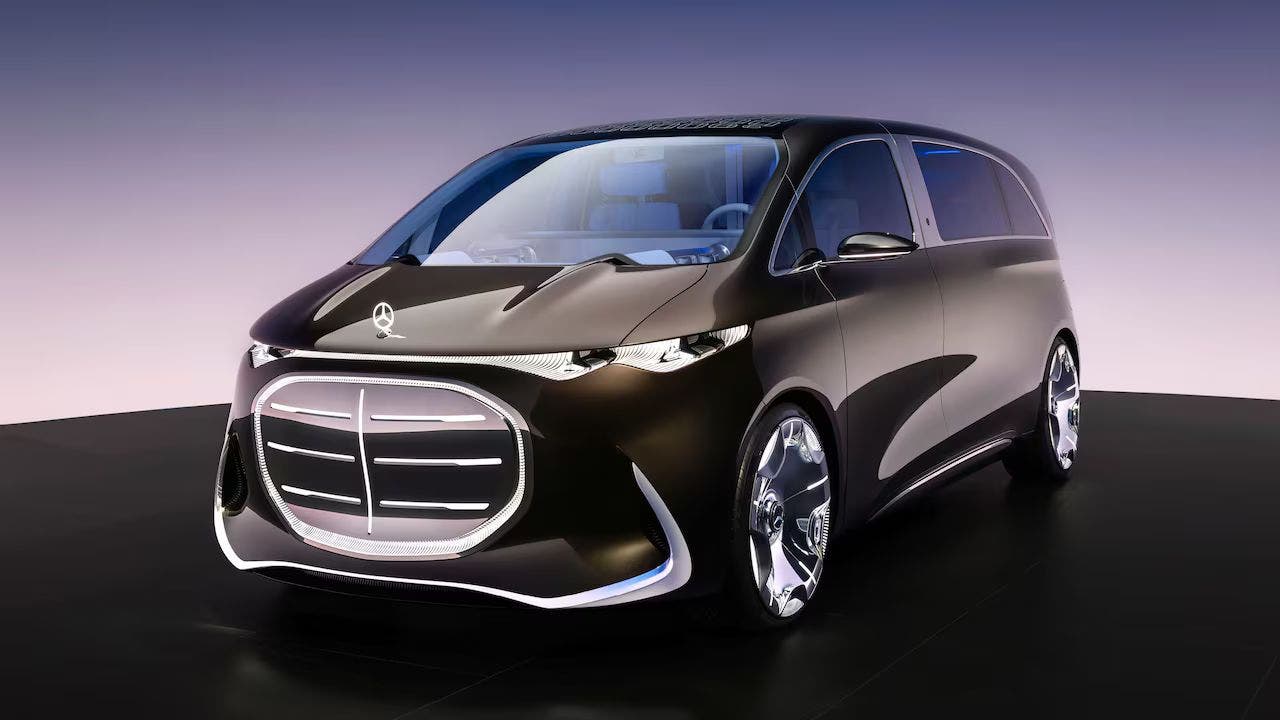U of S synchrotron testing next-gen EV batteries that could go 25x longer before replacement

Electric vehicle manufacturers are revolutionizing battery technology with the help of the Canadian Light Source (CLS) synchrotron in Saskatoon. Researchers at the University of Saskatchewan utilized the ultra bright synchrotron light at the CLS particle accelerator to study the inner workings of lithium-ion batteries, aiming to develop batteries with a lifespan of up to eight million kilometres – a significant advancement compared to the current average battery life.
The research, co-funded by Tesla Canada, focused on comparing a regular lithium-ion battery with a new “single-crystal electrode” battery. The team discovered that the single-crystal electrode battery demonstrated remarkable resistance to microscopic cracking caused by repeated charging cycles, a common issue that degrades the performance of conventional EV batteries.
Toby Bond, a senior scientist at CLS, along with Dalhousie University professor Jeff Dahn, conducted the research by continuously charging and depleting the single-crystal electrode battery in a lab for six years. The results were impressive, as the battery showed no signs of degradation after 20,000 charge-discharge cycles, equivalent to driving about eight million kilometres.
The key difference between the two batteries lies in the electrodes. While standard batteries consist of particles that are 50 times smaller than the width of a hair, the new single-crystal electrode battery features a solid structure made of a single large crystal. This unique design enhances the battery’s durability and resistance to mechanical stress.
The groundbreaking research conducted at CLS marks the first time scientists have analyzed a single-crystal electrode battery cycled continuously for such an extended period. By using CT scans to examine the battery on a microscopic level without disassembling it, researchers were able to study features smaller than a human hair inside the battery.
The development of batteries with longer lifespans is crucial for the electric vehicle industry. Current standard batteries typically last between 10 to 20 years, or 160,000 to 320,000 kilometres, before needing replacement. The new single-crystal electrode batteries have the potential to outlast most other vehicle components, reducing the need for frequent battery replacements and ultimately decreasing the carbon footprint of electric vehicles.
Furthermore, these advanced batteries could be repurposed for secondary applications such as grid storage for renewable energy sources like wind and solar power. Commercial production of the new batteries is already underway, and experts anticipate a widespread adoption of these innovative technologies in the coming years.
The utilization of the Canadian Light Source synchrotron has played a pivotal role in advancing battery research and development. By harnessing bright light to study materials at a level of detail not achievable with traditional methods, researchers are pushing the boundaries of battery technology and driving the transition towards sustainable energy solutions.



